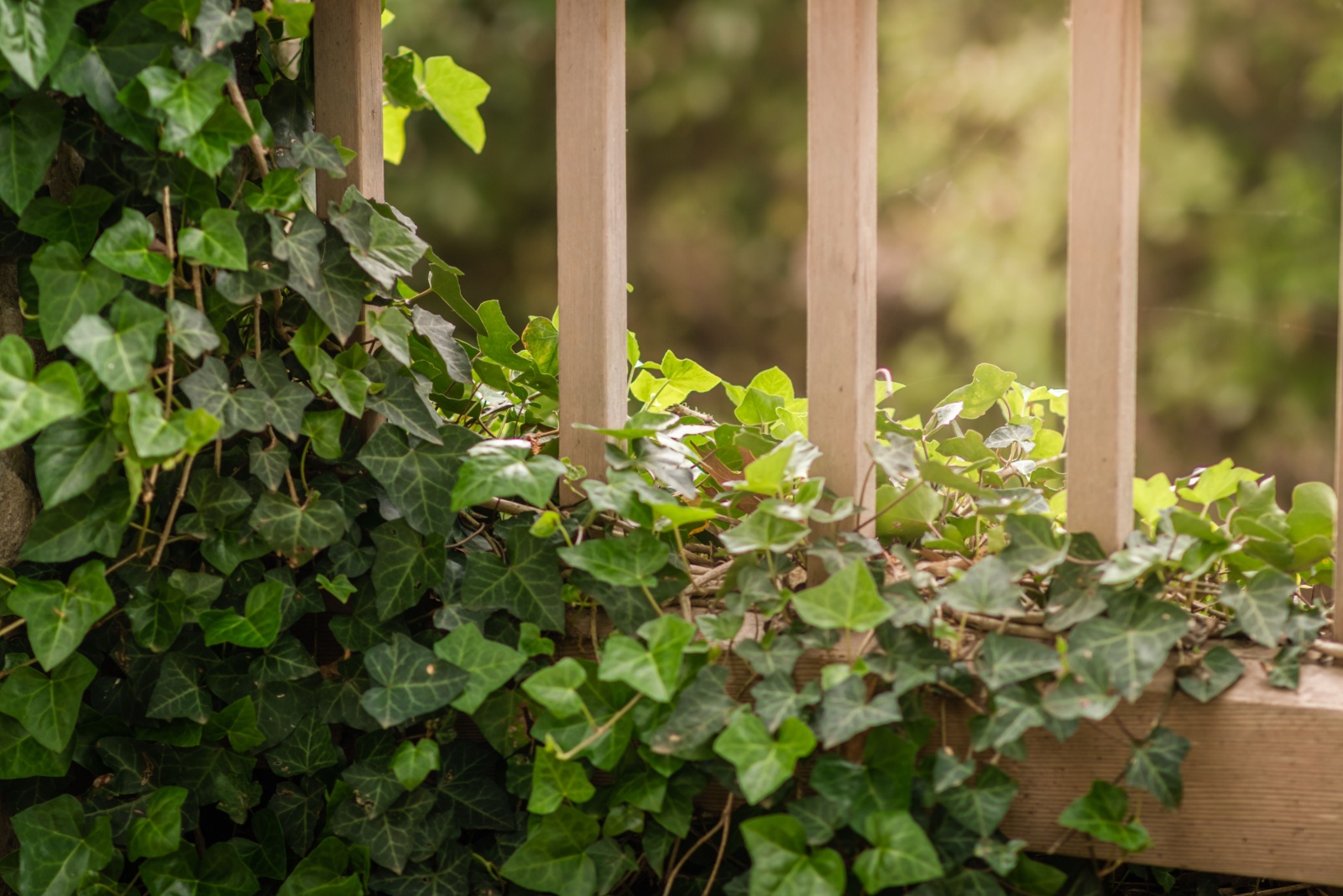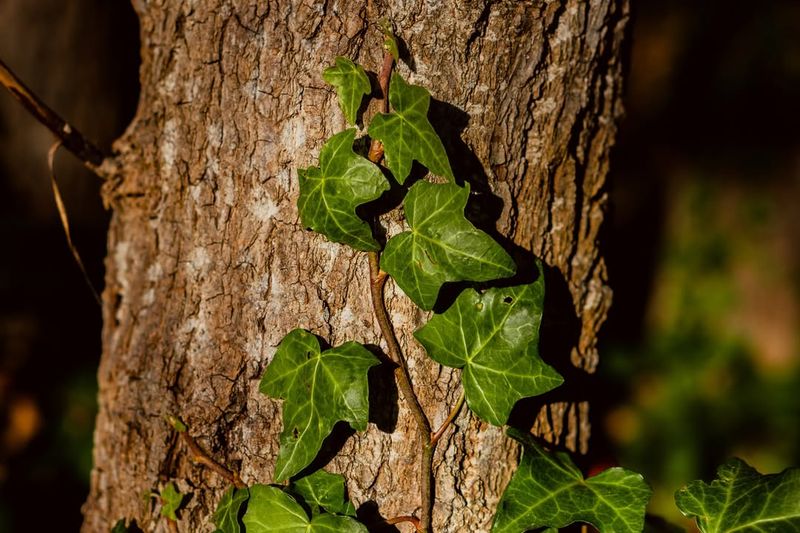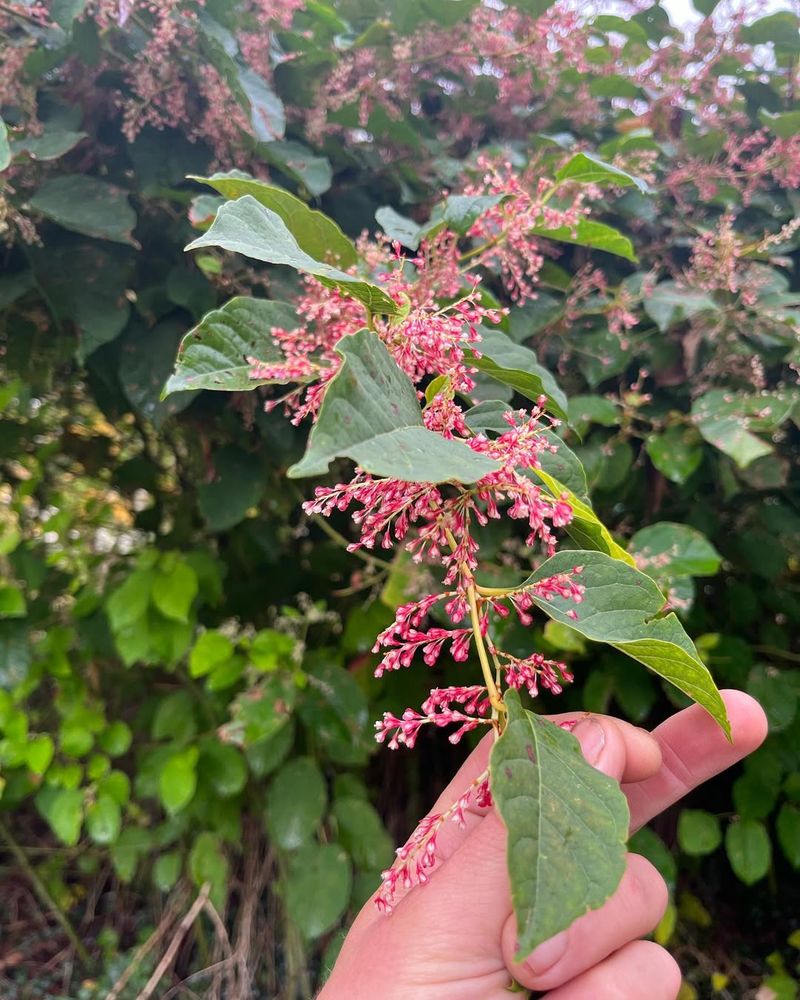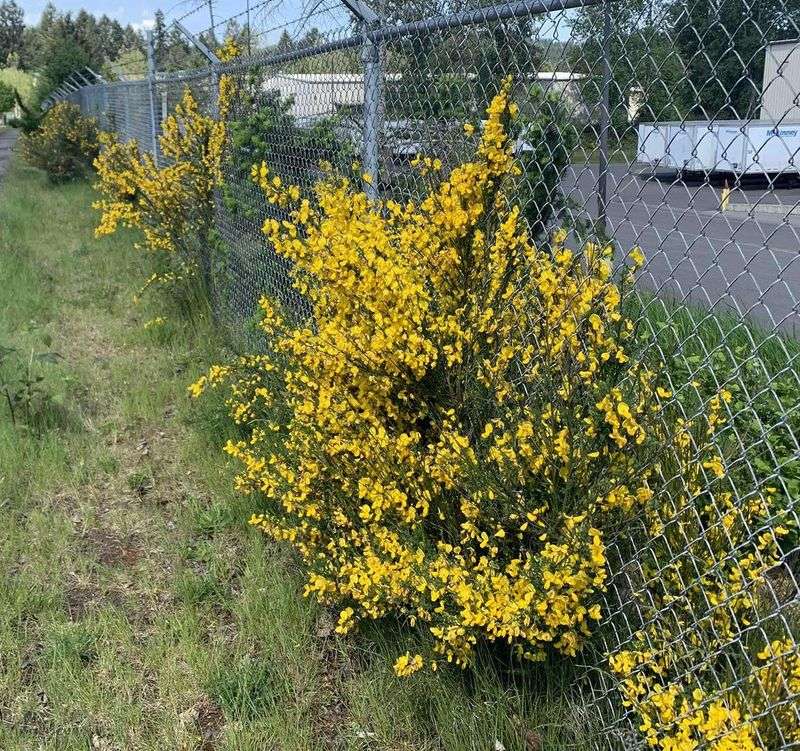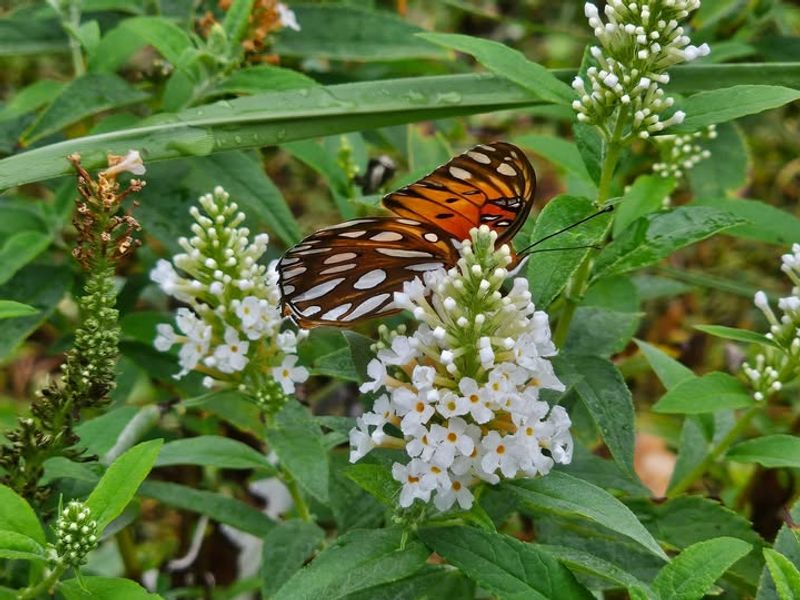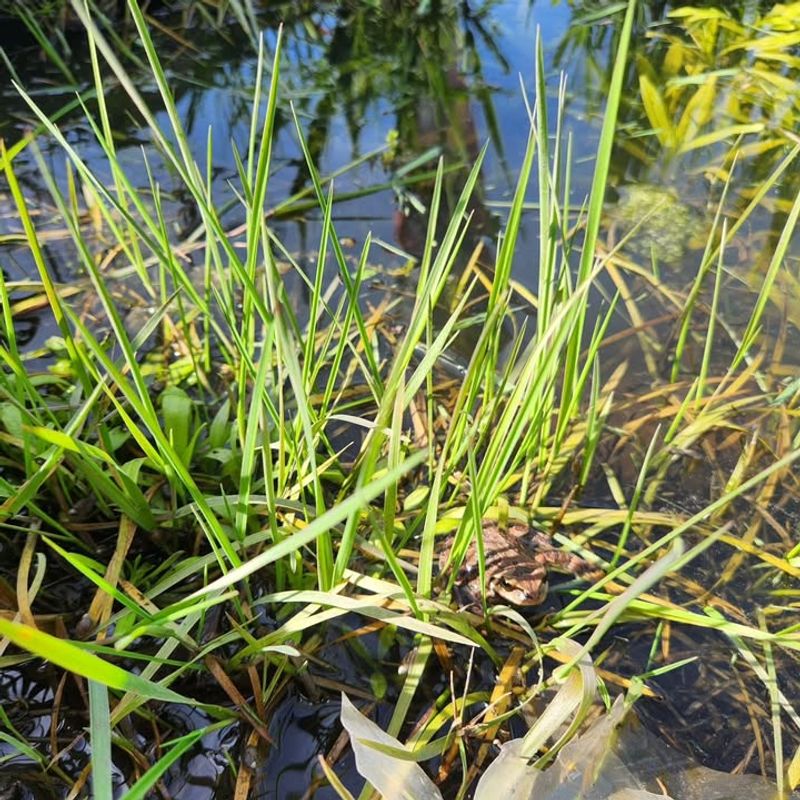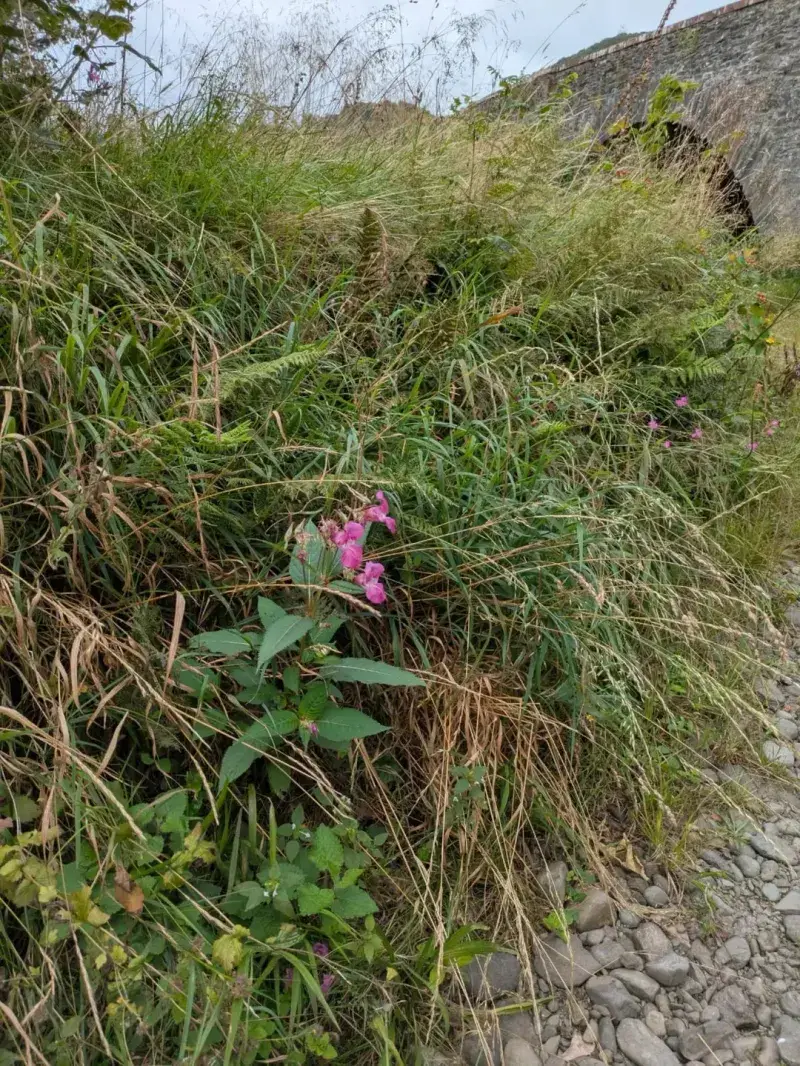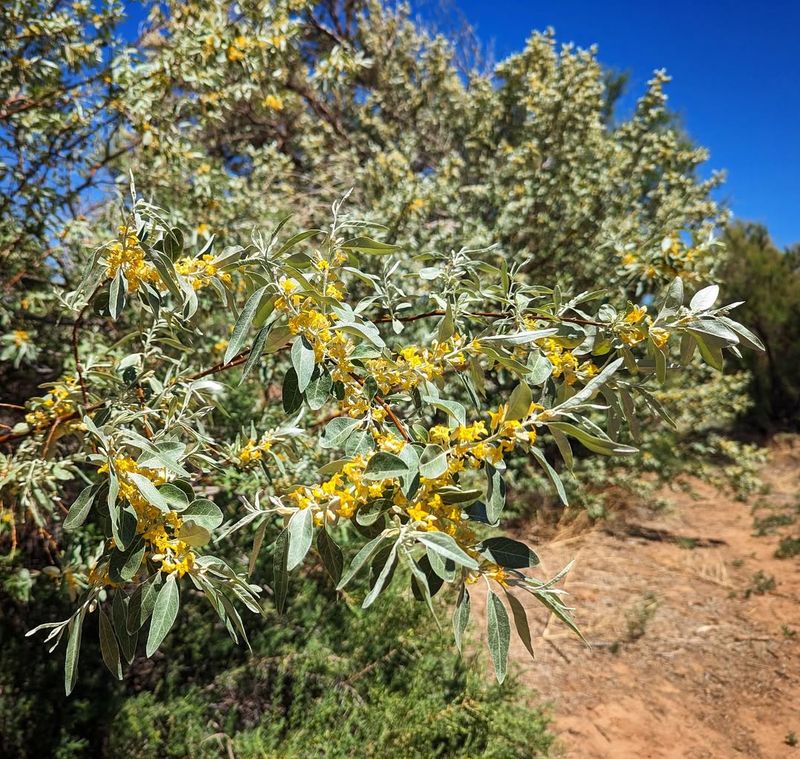Some plants may look harmless in the nursery aisle, but in Oregon suburbs they can cause more trouble than they’re worth.
A handful of invasive favorites spread fast, choke out native growth, and can even land you with a fine if you plant or ignore them. They might seem pretty on the surface, but they pack a punch beneath the petals. Know which ones to avoid, and your yard—and your wallet—stay safe from an unexpected hit.
1. English Ivy
Those charming vines climbing your fence might land you in hot water with local authorities. English ivy spreads like wildfire, smothering trees and native plants while creating dense mats that nothing else can grow through.
Many Oregon cities have banned it completely because it damages buildings and natural areas. Removing established ivy costs thousands of dollars and requires years of maintenance work.
Check your local ordinances before planting any ivy varieties in your yard.
2. Japanese Knotweed
Resembling bamboo with its hollow stems, this plant gained its tough reputation for the damage it can cause to pavement and foundations. Japanese knotweed pushes through pavement, foundations, and drainage systems with unstoppable force.
A single fragment can spawn an entirely new colony, making it nearly impossible to eliminate once established. Oregon law requires property owners to control and remove this aggressive invader immediately.
Selling or distributing Japanese knotweed carries serious penalties in most suburban communities.
3. Purple Loosestrife
Beautiful purple blooms hide a destructive nature that devastates wetland ecosystems throughout Oregon. Each plant produces millions of seeds annually, quickly overtaking marshes and crowding out food sources for wildlife.
Birds and native insects lose their habitats when this aggressive grower takes over. Many counties classify purple loosestrife as a noxious weed requiring mandatory removal.
Fines increase dramatically if you ignore removal notices from local environmental authorities.
4. Himalayan Blackberry
Free berries sound amazing until these thorny monsters take over your entire property. Himalayan blackberry grows up to twenty feet per year, forming impenetrable thickets that destroy native vegetation and reduce property values.
The vicious thorns make removal dangerous and expensive for homeowners. Most Oregon suburbs require active control measures to prevent these plants from spreading to neighboring properties.
Ignoring blackberry infestations can result in citations and mandatory professional removal at your expense.
5. Scotch Broom
Bright yellow flowers make this shrub look cheerful, but it creates serious fire hazards and ecological damage. Scotch broom contains flammable oils that intensify wildfires, putting entire neighborhoods at risk during dry summer months.
Seeds remain viable in soil for decades, making eradication incredibly difficult once established. Oregon designates this as a noxious weed in many counties with strict removal requirements.
Property owners face substantial fines for allowing Scotch broom to flower and spread seeds.
6. Giant Hogweed
Standing up to fourteen feet tall, this plant looks prehistoric and poses genuine dangers to human health. Giant hogweed sap causes severe burns and blisters when exposed to sunlight, sometimes leaving permanent scars on victims.
Children playing near these plants risk serious injuries that require immediate medical attention. Oregon law mandates immediate reporting and professional removal of any giant hogweed discoveries.
Homeowners who fail to eliminate this hazardous species face steep fines and potential liability for injuries.
7. Yellow Flag Iris
Water gardens seem incomplete without irises, but this particular species causes massive environmental problems. Yellow flag iris forms dense colonies in wetlands, blocking waterways and destroying habitat for native amphibians and fish.
Once established in ponds or streams, removal becomes extremely costly and labor-intensive. Many Oregon municipalities prohibit planting yellow flag iris near any water sources.
Violations carry significant fines, especially if the plants spread to protected waterways or public lands.
8. Butterfly Bush
Gardeners love attracting butterflies, but this popular shrub actually harms the insects it supposedly helps. Butterfly bush provides nectar but no food for caterpillars, essentially creating a junk food trap for pollinators.
Seeds spread rapidly through wind and water, invading natural areas and riverbanks throughout Oregon. Several counties have banned sales and require removal of existing plants from residential properties.
Sterile varieties exist, but enforcement officers may fine you for any butterfly bush regardless of type.
9. Reed Canarygrass
Farmers once planted this grass for livestock feed, creating an ecological nightmare that persists today. Reed canarygrass dominates wetlands and stream banks, forming monocultures that eliminate biodiversity completely.
Underground rhizomes spread aggressively, making control efforts frustratingly difficult and expensive. Oregon environmental regulations often require property owners to manage reed canarygrass along waterways.
Failure to control this invasive grass can result in fines and mandatory restoration work at considerable expense.
10. Garlic Mustard
Smelling faintly of garlic, this innocent-looking plant destroys forest ecosystems with chemical warfare. Garlic mustard releases compounds that prevent other plants from growing, essentially poisoning the soil around it.
Native wildflowers disappear wherever this invader takes hold, disrupting entire food chains. Early detection remains critical because mature plants produce thousands of seeds that remain viable for years.
Oregon suburbs near forested areas enforce strict removal requirements with escalating penalties for repeat violations.
11. Policeman’s Helmet
Orchid-like blooms and quirky seed pods make this plant seem fun and harmless at first glance. Policeman’s helmet grows explosively along streams and wet areas, forming solid walls that block access to water.
Seeds shoot several feet from mature pods, spreading the invasion rapidly across properties and public lands. Native vegetation gets completely shaded out by the dense canopy this plant creates.
Many Oregon counties classify it as noxious, requiring immediate action and threatening fines for non-compliance.
12. Periwinkle
Garden centers still sell this popular groundcover despite its destructive tendencies in natural areas. Periwinkle escapes cultivation easily, carpeting forest floors and preventing native wildflowers from establishing or surviving.
The evergreen mats create perfect hiding spots for ticks and other pests near homes. Some Oregon suburbs have begun restricting periwinkle planting near greenspaces and natural areas.
While fines remain uncommon currently, regulations continue tightening as environmental awareness grows among local governments.
13. Russian Olive
Silvery leaves give this tree an attractive appearance that masks its aggressive invasion tactics. Russian olive fixes nitrogen in soil, altering chemistry and making areas unsuitable for native Oregon plants.
Sharp thorns make removal dangerous, and trees resprout vigorously from stumps after cutting. Riparian areas suffer most as Russian olive crowds out willows and cottonwoods.
Many Oregon counties list Russian olive as noxious, requiring removal plans and imposing fines for uncontrolled growth.
14. Spurge Laurel
Shade tolerance makes spurge laurel particularly dangerous as it invades forests where few other invasives thrive. Every part of this plant contains toxins that cause severe skin irritation and illness if ingested.
Birds spread the poisonous berries, creating new colonies throughout Oregon woodlands and suburban areas. Dense growth shades out native plants while providing no food value for local wildlife.
Oregon law requires reporting and removal, with significant fines for property owners who allow spurge laurel to spread.

